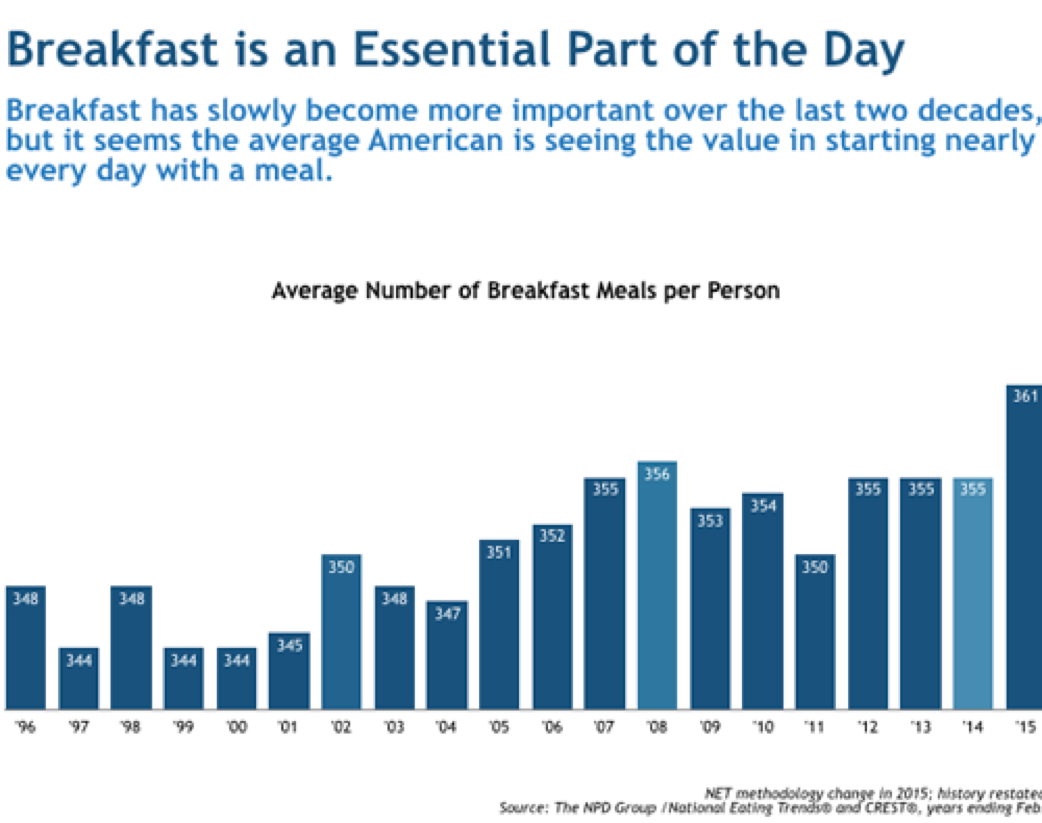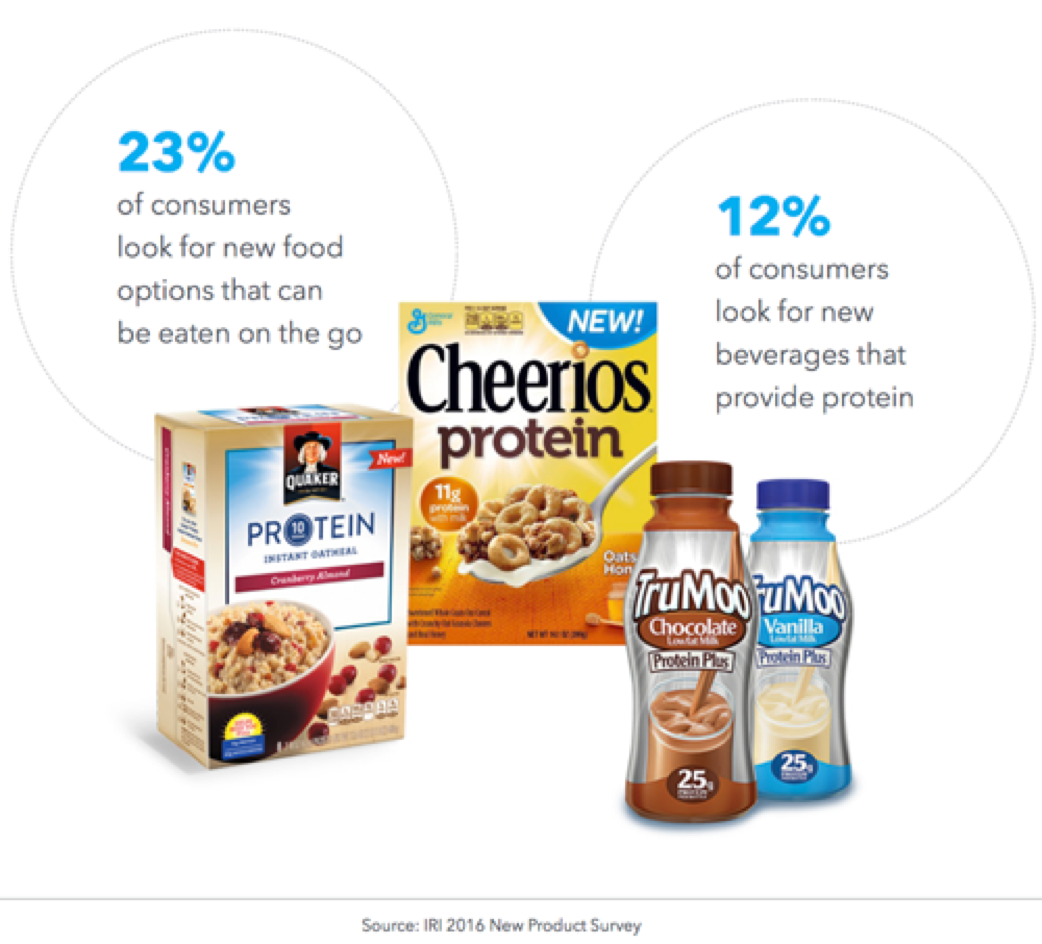Editor’s note: Michal Clements is co-author of Tuning into Mom and an independent management consultant, Los Angeles. This is an edited version of a post that originally appeared here under the title, “Protein is the breakfast trend Cheerios and Quaker are banking on.”
Thanks in part to cultural influencers like the Paleo Diet, CrossFit and gluten-free diets, protein and breakfast are enjoying their time in the nutritional limelight. For instance, CrossFit promotes fitness through specific nutritional guidelines that are becoming popular in the mainstream:
“Eat meat and vegetables, nuts and seeds, some fruit, little starch and no sugar. Keep intake to levels that will support exercise but not body fat.”
Salon writer Michael Schulson captures the essence of how Paleo is influencing the culture:
“Today, Paleo is one of the most influential dietary trends in the country, with as many as three million followers and a disproportionate cultural influence. And while it’s easy to mock Paleo as the retrograde fantasy of Patagonia-jacketed professionals who buy fifty-dollar grass-fed steaks and imagine themselves loping across a Paleolithic savannah as they strain through a CrossFit workout, the lifestyle does capture a certain discontent with modernity.”
Breakfast – bigger than ever
The NPD Group tracked breakfast consumption from 1996 to 2015 and their findings show that it rose in 2015, up from prior years. Historically, about 20 percent of Americans skip breakfast at least occasionally, called the breakfast skippers. However, the recent NPD data suggest more breakfast eating and less skipping. And many Americans continue to believe that breakfast is the most important meal of the day.

What are we eating for breakfast?
Based on perceived health benefits, carbs are out and protein is in. Some products, like Fage Greek yogurt contain relatively high amounts of protein, e.g., 18 grams in a 100-calorie serving, but what about cold and hot cereal brands, traditionally known more for carbohydrates and vitamin fortification? Research firm IRI highlights two breakfast cereal brands that are ready to fuel consumers’ protein needs:
“Cheerios Protein fuels the family breakfast with 11 grams of protein (including milk), for long-lasting energy and a great taste. Quaker has made protein quick and easy with Quaker Protein Instant Oatmeal, packed with 10 grams of protein in every serving and ready in under two minutes.”

Breakfast protein may also see some trends towards the less traditional. Nestle International suggests that we’ll be seeing a variety of breakfast bowls, international cuisine and creatively-topped toast (think smoked fish or cheese).
Handheld breakfasts that can be eaten on-the-go continue to be an important need for many time-starved consumers. As has been widely reported, for some, sitting down at home to eat a bowl of cereal just takes too long or is too inconvenient for their morning routine. Some consumers will eat breakfast on the go at home while getting ready for work or school, and don’t sit down to the table. IRI reports that 23 percent of consumers “look for new food options that can be eaten on-the-go,” and FONA International provides insight into the consumer mind-set:
“Even when pressed for time in the morning 68 percent of breakfast eaters polled by Instantly said that they usually grab something from home before heading out. And typically what they grab needs to be packed with functional ingredients or having perceived healthy ingredients like ancient grains. Mintel data shows that 38 percent of cereal consumers say high protein is an important nutritional factor in cereal, while 52 percent say the same about high fiber. As a result, companies are starting to provide more functional ingredients across the spectrum of breakfast foods – all while keeping portability in mind.”
As has been the case for many years, the NPD report finds (regardless of on-the-go needs) 70 percent of breakfasts are still eaten at home. With breakfast on the rise, and most still usually choosing something at home, there’s a growing opportunity for CPG brands that can offer on-the-go protein options for breakfast across a wide range of consumer targets: professionals, kids, parents, athletes and more. And with breakfast traditions expanding beyond eggs and orange juice, many brands could experience success with this important meal.
